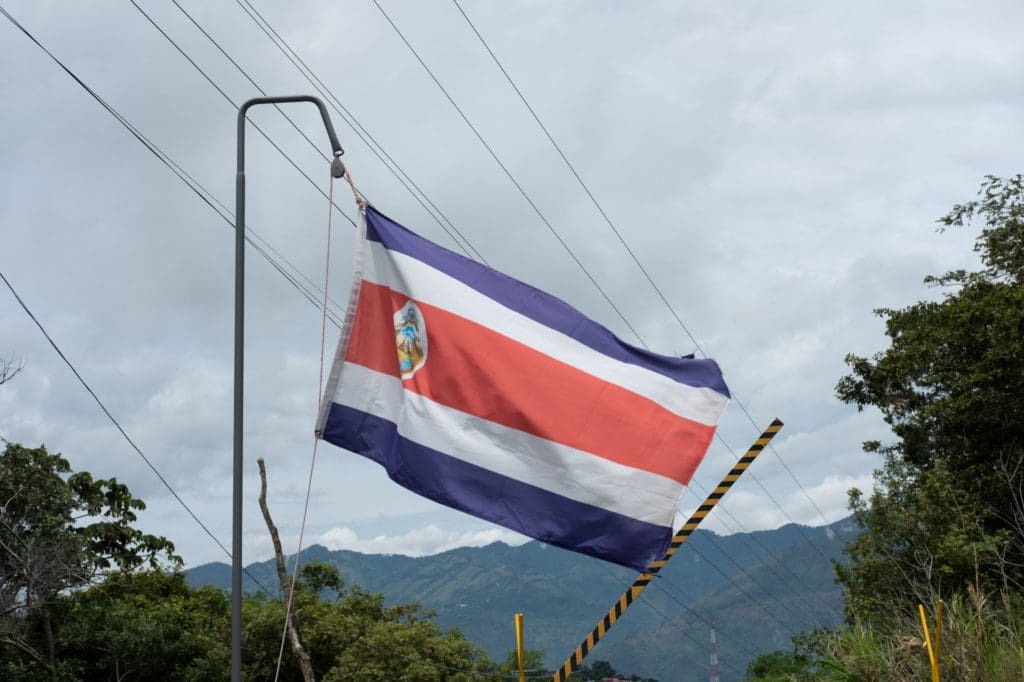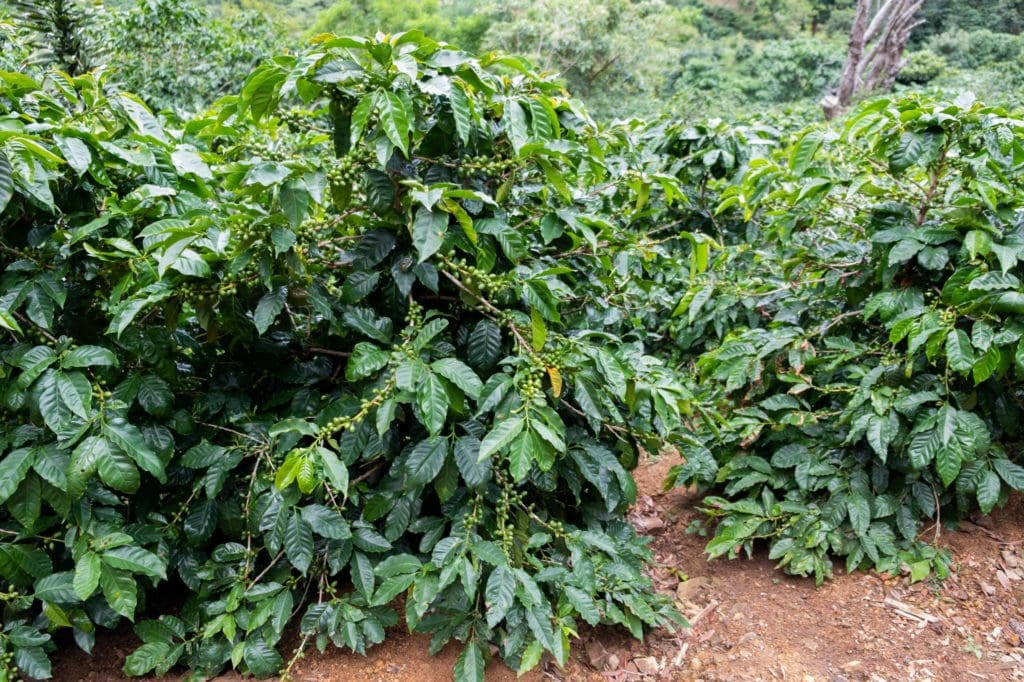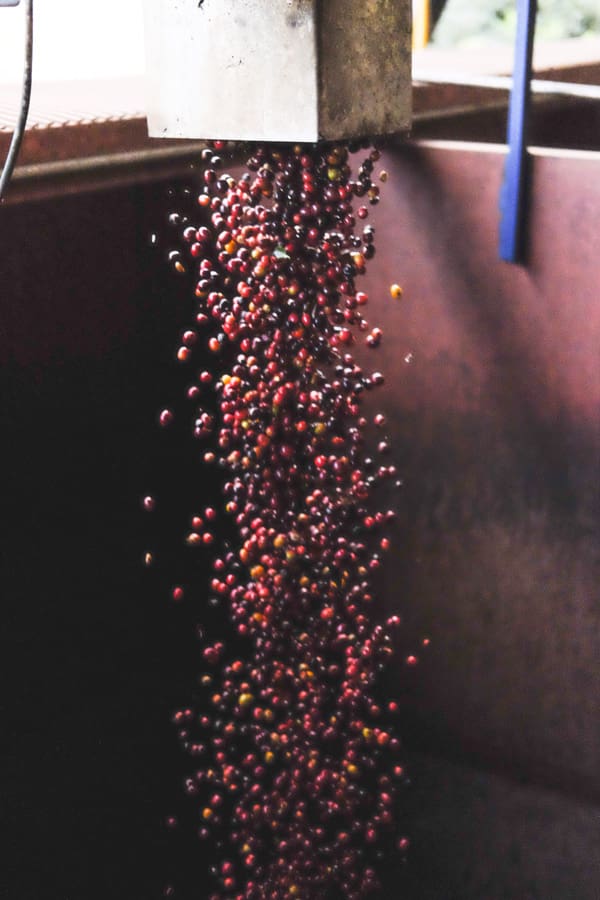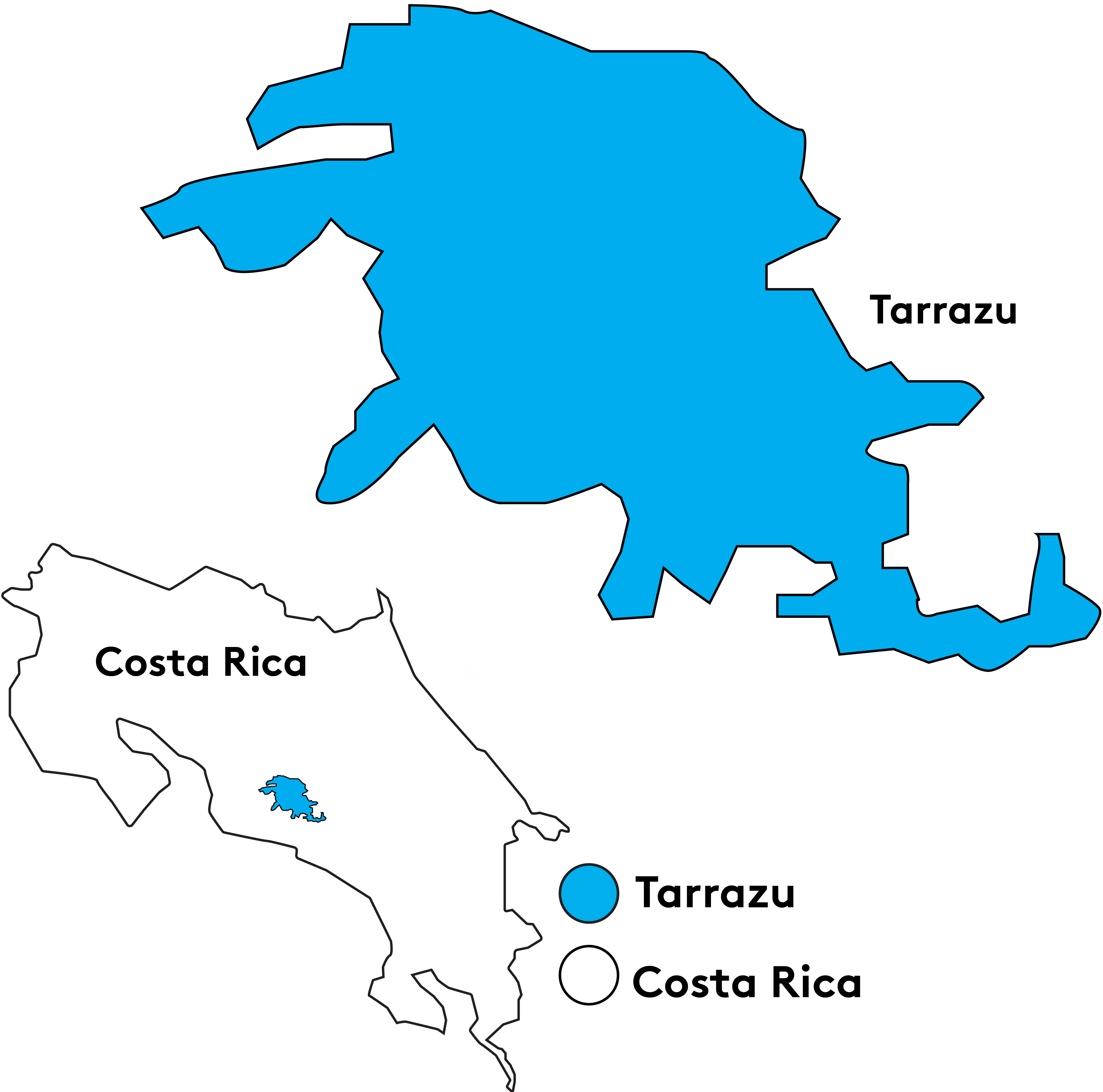Costa Rica’s national tree, the Guanacaste, gives its name to this Core Coffee from the Los Tarrazú valley of Costa Rica. Guanacaste is produced by smallholder producers and mill owners and reflects the unique conditions of Tarrazú as well as the collective efforts of the farmers who grow coffee there. Coffee is a family affair in Tarrazú, with everyone working to help pick and sort coffee during the harvest season and maintain the land during the year.
Beginning in 2020, we began sourcing Guanacaste from smallholder micromills in the region. This has allowed for us to purchase larger volume lots from some of our producer partners, growing those relationships and creating the opportunity for these volume lots to become a more consistently profitable part of their business alongside their microlot production. Each partner mill is recognized for their production quality, contributing to the sweet and mild cup profile of Guanacaste which is a hallmark of Washed coffee from the region.
Coffee is produced and processed by each mill individually, with all contributions being cupped and blended by our Central American sourcing team based in Costa Rica for consistency and quality.
Read more about our Core Coffee program.
Guanacaste for harvest year 2024-2025 was produced by:
- Juanachute Micromill – Luis Anastasio Castro
- Coffee Nace S.A Micromill – Navarro Ceciliano Family





